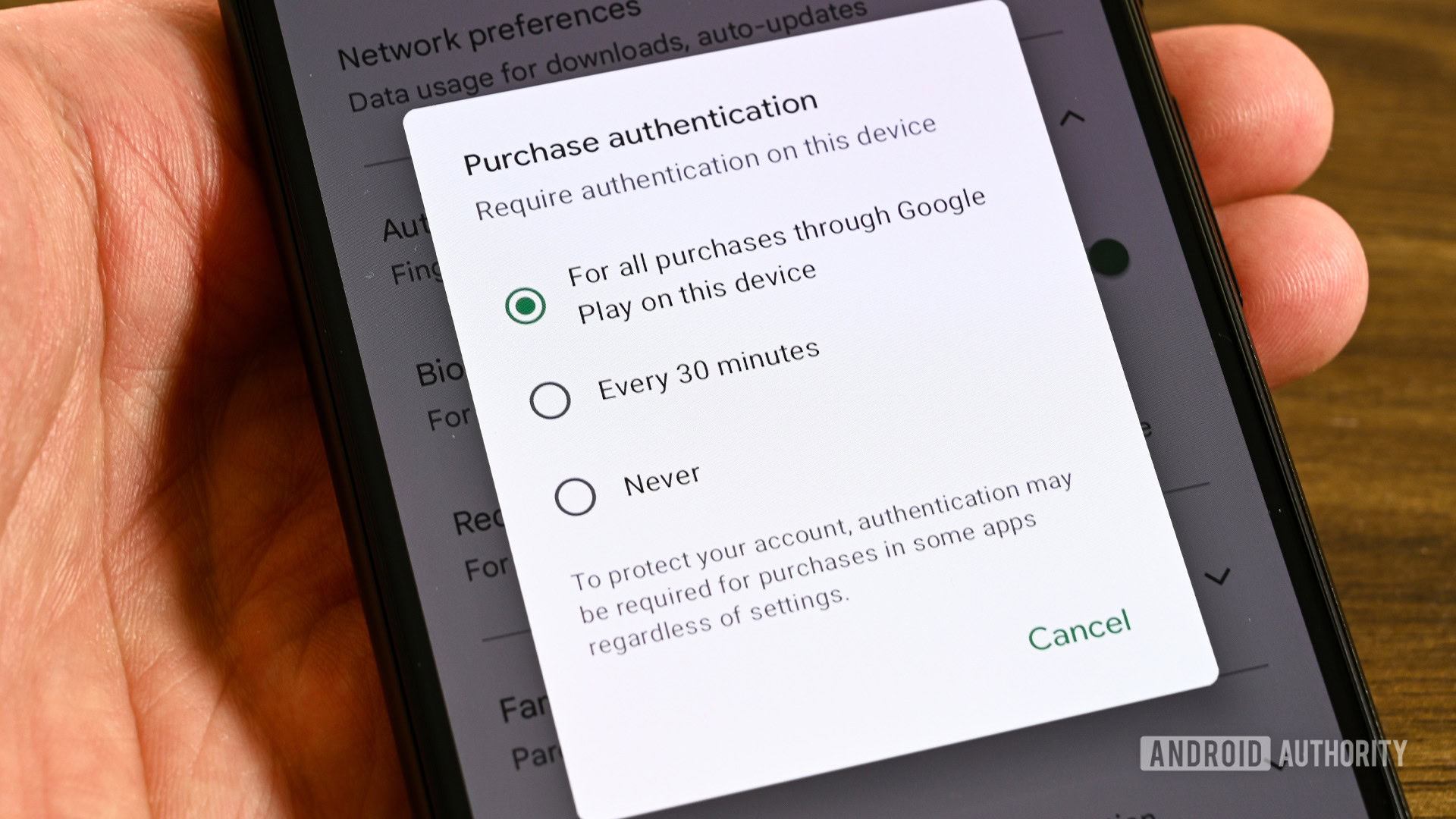Beyond Compliance – How VPs of Security Drive Strategic Cybersecurity Initiatives
In an era where cyber threats evolve faster than regulatory frameworks, Vice Presidents (VPs) of Security are redefining their roles from compliance enforcers to strategic business leaders. While adherence to standards like GDPR and HIPAA remains critical, forward-thinking security executives recognize that a checkbox mentality leaves organizations vulnerable. Today’s VPs prioritize initiatives that align cybersecurity […] The post Beyond Compliance – How VPs of Security Drive Strategic Cybersecurity Initiatives appeared first on Cyber Security News.

In an era where cyber threats evolve faster than regulatory frameworks, Vice Presidents (VPs) of Security are redefining their roles from compliance enforcers to strategic business leaders.
While adherence to standards like GDPR and HIPAA remains critical, forward-thinking security executives recognize that a checkbox mentality leaves organizations vulnerable.
Today’s VPs prioritize initiatives that align cybersecurity with overarching business goals, transforming risk management into a competitive advantage.
By fostering cross-department collaboration, investing in emerging technologies, and embedding security into organizational culture, these leaders prove that cybersecurity isn’t just a cost center but a catalyst for innovation and trust.
Shifting from Reactive to Proactive Governance
The modern VP of Security operates at the intersection of technology, risk, and business strategy.
Rather than waiting for audits or breaches to drive action, they proactively identify gaps in visibility, leverage threat intelligence to anticipate attacks, and advocate for security-by-design in product development.
For example, by integrating security teams early into cloud migration roadmaps, VPs ensure scalability without compromising data integrity.
This shift requires fluency in both technical landscapes and executive priorities, enabling leaders to articulate cybersecurity investments in terms of revenue protection, customer retention, and market differentiation.
Five Pillars of Strategic Cybersecurity Leadership
- Business-Aligned Risk Management: Top-tier VPs translate technical vulnerabilities into business impact scenarios. By quantifying risks in financial terms—such as projecting reputational damage costs from a data breach—they secure buy-in for preventative measures.
- Zero Trust Architecture (ZTA): Progressive organizations adopt ZTA frameworks that assume breach scenarios. VPs lead the deployment of micro-segmentation, continuous authentication, and least-privilege access controls, which, according to industry benchmarks, reduce attack surfaces by up to 68%.
- AI-Powered Threat Detection: Leveraging machine learning, VPs deploy systems that analyze 12,000+ security events per second, identifying anomalies like lateral movement in ransomware attacks 40% faster than traditional tools.
- Supply Chain Resilience: With 63% of breaches originating from third parties, strategic VPs audit vendor security postures, mandate encryption standards, and establish real-time monitoring for critical partners.
- Cyber Workforce Development: Addressing the 3.4-million-person talent gap, innovative leaders partner with universities, automate repetitive tasks with SOAR platforms, and implement gamified training programs that boost employee threat-spotting skills by 55%.
Building a Culture of Cyber Resilience
True cybersecurity transformation requires dismantling silos between IT, legal, and operational teams.
VPs who excel in this arena implement behavioral analytics to track security protocol adoption, tie compliance metrics to performance reviews, and host cross-functional war-gaming sessions simulating state-sponsored attacks.
For instance, a global retailer recently credited its VP of Security with averting a $20M phishing loss by training finance teams to recognize forged invoice scams. Two initiatives are proving particularly effective:
- Board-Level Cyber Dashboards: Interactive tools visualizing real-time threat exposure, response times, and ROI on security investments keep executives engaged.
- Customer-Centric Transparency: Brands like Signal and ProtonMail have turned end-to-end encryption into marketing tools, demonstrating how security strategies can enhance user trust and loyalty.
The most impactful VPs recognize that their role isn’t just to defend systems, it’s to future-proof the organization.
By treating cybersecurity as a dynamic business enabler rather than a static requirement, they position their companies to thrive in an increasingly volatile digital landscape.
Find this News Interesting! Follow us on Google News, LinkedIn, & X to Get Instant Updates!
The post Beyond Compliance – How VPs of Security Drive Strategic Cybersecurity Initiatives appeared first on Cyber Security News.


































































